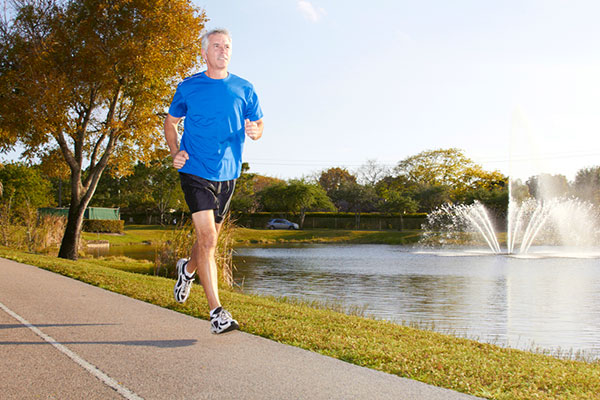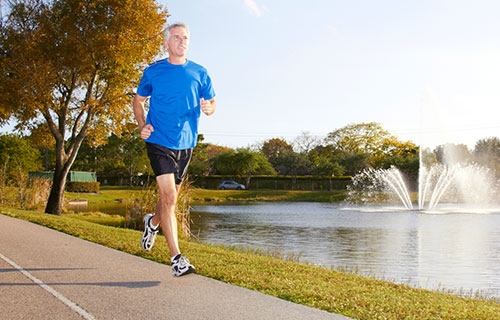
Knee pain can significantly limit your life-disrupting daily routines and keeping you from the activities you enjoy most. If knee replacement surgery is on the horizon, understanding your options is key to making a confident, informed decision. One advanced approach combines robotic-assisted technology with the subvastus technique, offering greater surgical precision, minimal muscle disruption, and a faster return to movement. Here's how it's helping redefine recovery.
What Is the Subvastus Approach-and Why Does It Matter?
The subvastus approach is a minimally invasive technique that avoids cutting through the quadriceps muscle. Instead, the muscle is gently lifted up to access the knee joint, reducing trauma to surrounding tissues. This often results in:
- Less post-operative pain
- Quicker muscle recovery
- Faster return to walking and daily activities
- Less need for assistive devices
This technique requires precise anatomical knowledge, excellent retraction and visualization skills, and experience with minimally invasive methods. Only orthopedic surgeons with specialized training and familiarity with the subvastus approach can consistently deliver strong outcomes. To support this level of precision-especially in a limited visual field-robotic-assisted systems have become a valuable tool, enhancing both accuracy and consistency.
How Robotic-Assisted Knee Replacement Assists in Maximizing the Benefits of the Subvastus Approach
- Precision in a Smaller Surgical Field: Robotic systems use preoperative CT scans or intraoperative mapping to create a 3D model of your knee. This allows the surgeon to plan the implant position and alignment before making any cuts, minimizing guesswork in a tighter space.
- Real-Time Intraoperative Adjustments: Even within the restricted view of the subvastus corridor, robotic tools guide the surgeon with real-time data and feedback, helping maintain accuracy while preserving the surrounding muscle. This reduces the need for excessive retraction or soft tissue disruption, which aligns well with the muscle-sparing goals of the subvastus technique.
- Minimizes Trauma and Enhances Recovery: By combining a less invasive path (subvastus) with robotic precision, there’s less overall trauma to muscles, ligaments, and bone, leading to reduced post-operative pain, faster mobilization, and greater patient satisfaction.
- Confidence and Consistency: The robotic system acts as an extension of the surgeon’s hands, offering enhanced stability, control, and repeatability-especially important in subvastus cases, where every millimeter counts. This makes it easier to deliver high-quality results across a wide range of patient anatomies.
A Synergistic Solution for Modern Joint Care
Combining robotic-assisted precision with the muscle-sparing subvastus approach gives patients the best of both worlds. The robot enhances accuracy and consistency, while the subvastus technique accelerates healing and mobility. Together, they create a powerful synergy that minimizes downtime and maximizes confidence in your recovery.
Is This Approach Right for You?
While not every patient qualifies for the subvastus approach, many do-and when paired with robotic technology, it’s a revolutionary step forward in joint replacement care. Schedule a consultation with Dr. Claps to assess your condition and recommend the most effective solution tailored to your needs.
AUTHOR: Charles Claps, DO is a board-certified fellowship-trained orthopedic surgeon specializing in robotic assisted joint replacement surgery at Resurgens Orthopaedics in Atlanta. Dr. Claps is an industry leader in Mako Robotic Assisted Hip and Knee replacement across Georgia, and an active member of the American Association of Hip and Knee Surgeons, the American Association of Orthopaedic Surgeons, and the American Osteopathic Academy of Orthopedics.


